Intro + Interview By Adam Abada
Headline Photo by Mac Shafer
If you live or skate in New York, chances are you’ve come across Jerry. In the sixteen years since he moved to New York City from Michigan, he has mostly left the warm familiarity of Lower East Side haunts to leave his mark elsewhere. If you haven’t caught him in the streets, you’ve probably skated his well-chronicled concrete work. From patching up must-see-for-visiting-pros spots like the Bronx bank-to-ledge to more meandering locales like the B.Q.E. spot, Jerry’s legacy is clear and present.
He just finished up a video called Rust Belt Trap, which acts as a great visual representation of his philosophy, practice, and craft — and we realized we have never formally spoken to him on QS. Thankfully, Jerry found a slot of time in between picking up 2 x 8’s at the lumber yard to update us on his life and work. (Rust Belt Trap is still due out on Thrasher at some point.)
You’re from the Midwest but have been in New York for quite a while now. What’s keeping you here?
The fact that there’s something always happening. Even if you stay in and you feel like you’re missing something, that’s cool. A lot of the time, I just decide to stay home and know the whole world is still moving on and I’m fine with that. But when I was stuck in a small town, it was really moving on, and I felt like I was missing it go by.
You still holding down Dobbin?
Yeah, I’m still in Greenpoint, still at Dobbin. The area has become a real happening spot since I moved in, of course. But I’ve always lived there and I won’t move until they kick me out.
You’ve talked about this a lot, but let’s get it handled, because I think it goes a long way in informing a lot of what you do. When did you start fixing up spots?
I’ve been building ramps since the 80s. I think I helped my uncle build one when I was a really little kid. Then, I helped my grandpa build a ramp in ’89 and I did more here and there. Concrete just evolved from that. I did a really shitty Jersey barrier spot in San Francisco in maybe ’98 or ’99. Then, I didn’t do anything after that as far as concrete until I moved to New York.
Was there something about New York that inspired that?
Yeah. At the time I moved here, it just seemed like the city was way rougher than it is now. I don’t mean rough as far as “hood,” I just mean the ground was physically really rough. Slightly after 2008, they had a big push to get the economy back together and they basically repaved the entire city, re-doing every sidewalk. It’s just a lot smoother now. Before, a lot of the spots weren’t that accessible because it was a minefield to get at them. I got into it out of necessity to get an angle at something that I could actually film a trick on.
You’ve mentioned your “craft” before — that you considered a part of your craft to be the aesthetic and architecture of spots and how you apply your skating to that. Has it changed at all?
Yeah, I do still consider it my craft 100%. But I don’t know for how much longer. Has it stayed the same? At least in my video parts and for this video part [in Rust Belt Trap], it’s stayed exactly the same. It almost has me living in the past, I guess. This is the part I wanted to have in 2008 or 2010 or whenever, but it’s the part I have now. It doesn’t matter, though, because I’m happy with it. There’s something to saying “I’m going to do something,” then doing it and actually finishing it. For my definition of the “craft” – all that shit I said back then, the aesthetic and everything that comes with it, the history of it – yeah, that still applies.
What is the aesthetic, architecture, and spots you’re speaking about? You skated dozens, if not a hundred of cellar doors in this part…
There’s a pattern of how certain archetypes of towns will usually have a certain type of spot. A lot of the time, they’re in Pennsylvania, New Jersey and New York, but there are pockets of that same type of architecture in Michigan and Wisconsin, and I’ve even seen it all over Oklahoma and other places. I still haven’t really figured out exactly what that type of archetype of town is even called. These certain shopping plaza towns always seem to have these cellar door spots.
What are some of the characteristics of those towns?
Ok, so — you go into these usually older-style, possibly 1960s towns. They will basically be a downtown hamlet strip on either side of the main street, and they will usually have storefronts that go through to the back side. On the back side will be a municipal parking lot. Frequently, that will butt up to a train station but not always. It’s basically a strip mall that you can drive by on the main street, and almost window shop as you’re going slow. You go around to park in various places throughout the block or on side streets. There’s something about towns and centers that are set up like that which usually hold these cellar doors or other interesting spots.
This is leading us right into Rust Belt Trap. What was the conception of that video?
I made it with my buddies Matt Andersen and Jake Baldini. They’re from the sticks in Pennsylvania, and I was really burnt out on skating metropolitan New York at the time. I really wanted to find and see completely new spots. I love looking for spots. I even have a hard time focusing when I’m looking for them, because on the way to something, I’ll end up seeing something that leads me to something else and it can turn into a goose chase. Kind of like this answer.
So, those kids are from Pennsylvania and we would just go on missions to pick out random towns we haven’t been to and see what we could turn up. Or go back to places we knew and liked. We did a ton of those missions.
What is it like when you visit these towns?
My routine when searching out a new town is to go up and down all the blocks, try to check out a thrift store, a bookstore, get a coffee, try and shoot the shit with different types of people — just see what’s going on in the town. I like to get out of the car and really check it out, touch the ground and see what’s happening. If there’s an event or point of interest, I’ll maybe check that out. Jake and Matt are two guys who are down to do that routine.
Do you know how many cellar doors you skated in your part?
Oh, I didn’t count. I didn’t initially plan to do an all door part but then it started happening and I kind of made up my mind to do it. I got started with it in earnest maybe five years ago, and then not too long after that, I realized what a dumb idea it was and how I was shooting myself in the foot by skating something that’s so loud only at night. It made it really difficult to get a cohesive piece that I was happy with. I made up my mind that I was going to do it and I didn’t give it up, though.
Does that usurp Bobby Puleo’s spot as cellar door king?
He can have it. I’ve spent many years skating with Bobby and we’ve skated a lot of doors together. He’s doing his thing and I’m doing my thing.
The intro to the video was incredible. Was it just a collection of places you went to along the way, or was it more sought out?
It was a mixture of both. Most of it was stuff that we had already been to and did a half-assed job of taking a clip there, without realizing how incredible it was. Then we would really read up on it, and watch documentaries about the old coal bridges, the Industrial Revolution, and how some of these factories in certain industries have basically shaped the whole country.
There’s a lot of history there and we wanted to make a collage that was one of a kind of all of it together. We definitely have some really wild locations in there that we spent a lot of time getting shots at. I’m really proud of it. We wanted to do something that promoted some type of sociological dialogue.
For me, it was impossible to ignore the industrial history that made those spots and skating itself possible, so I think you’ve achieved that. All the way down to the titles — they fit in with that aesthetic and add a sense of material grit to an otherwise intangible visual experience.
I made the letters. I cut them out of steel and rusted them. Then, Matt and Jake took the letters and came up with the idea to make each title of the video with them. They went to town with it. They went all over to some real wild and sketchy places. Sometimes, we’d get a title at a spot we wanted to skate but couldn’t get at trick at, and it’d make it worth it.
What’s up with the video going online?
Thrasher is supposed to put it up, but I haven’t heard back from them yet. I’ve never done this, so I have no idea.
I hope people get to see it soon. It’s something else. I want to talk a little bit about skateparks. How did you turn your spot building into park building?
Well, I’ve done about nine builds with my friends at Make Life Skate Life. The first one I did was in Bolivia in 2013. That was the first skatepark I worked on from start to finish. We did one in Mare in Rio, which is one of the gnarliest places I’ve ever been to on the planet — and I’ve been to many gnarly places. So I’ve been doing that lately with my buddies at 5th Pocket Skateparks. It’s great because we actually build stuff that we like to skate. A lot of bank-to-ledges and bank-to-curbs. The fun shit, you know?
What do you enjoy about building parks in other places? How is it different from the spot work you’re known for in New York?
What brought me to it was my interest in concrete and all its applications pertaining to skating. That, plus getting the opportunity to help people out who may not have that knowledge on their own yet — learning with and from them. I meet people from all over the world and really exchange customs. It’s not the only way to travel, though, because sometimes you get stuck hanging out with just the builders.
What really turns me off about fixing spots in the street is you have to do it at night where you can’t see or where it’s cold. For instance, I just did a D.I.Y. spot recently and it was the first one I’ve done in probably more than a year. I started mixing the concrete and while I trowled it out, it felt like it was already hardening, but it was just frozen. I came back thirteen hours later and it was just starting to thaw for me to finish it. It always takes forever and you’re always sneaking around.
What’s next?
I started a spot that I don’t want to blow up just yet, but I’m hoping it will be a go and I can keep building stuff there. What I would really love to do is have a real D.I.Y. spot in New York city somewhere. I think it really needs to happen where I can build whatever I want without worrying.
Thanks to Jerry for taking the time out and for pretty much everything. And thanks to Adam for rigging the interview.



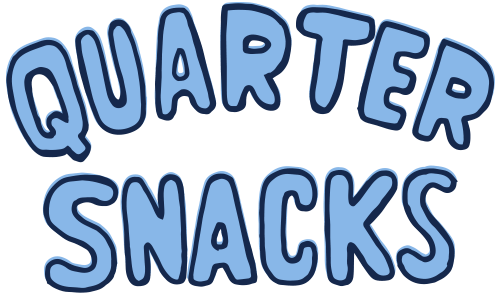


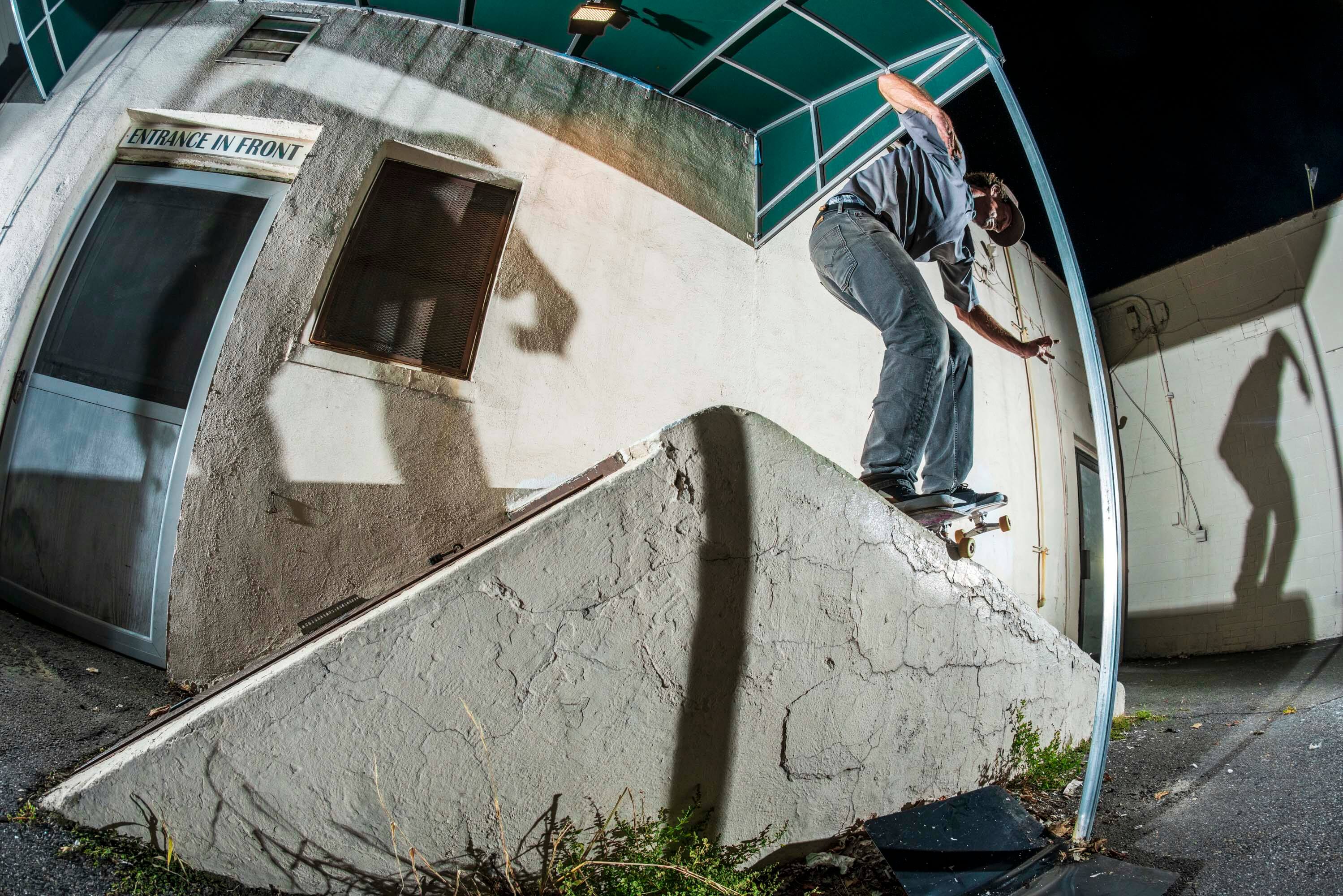

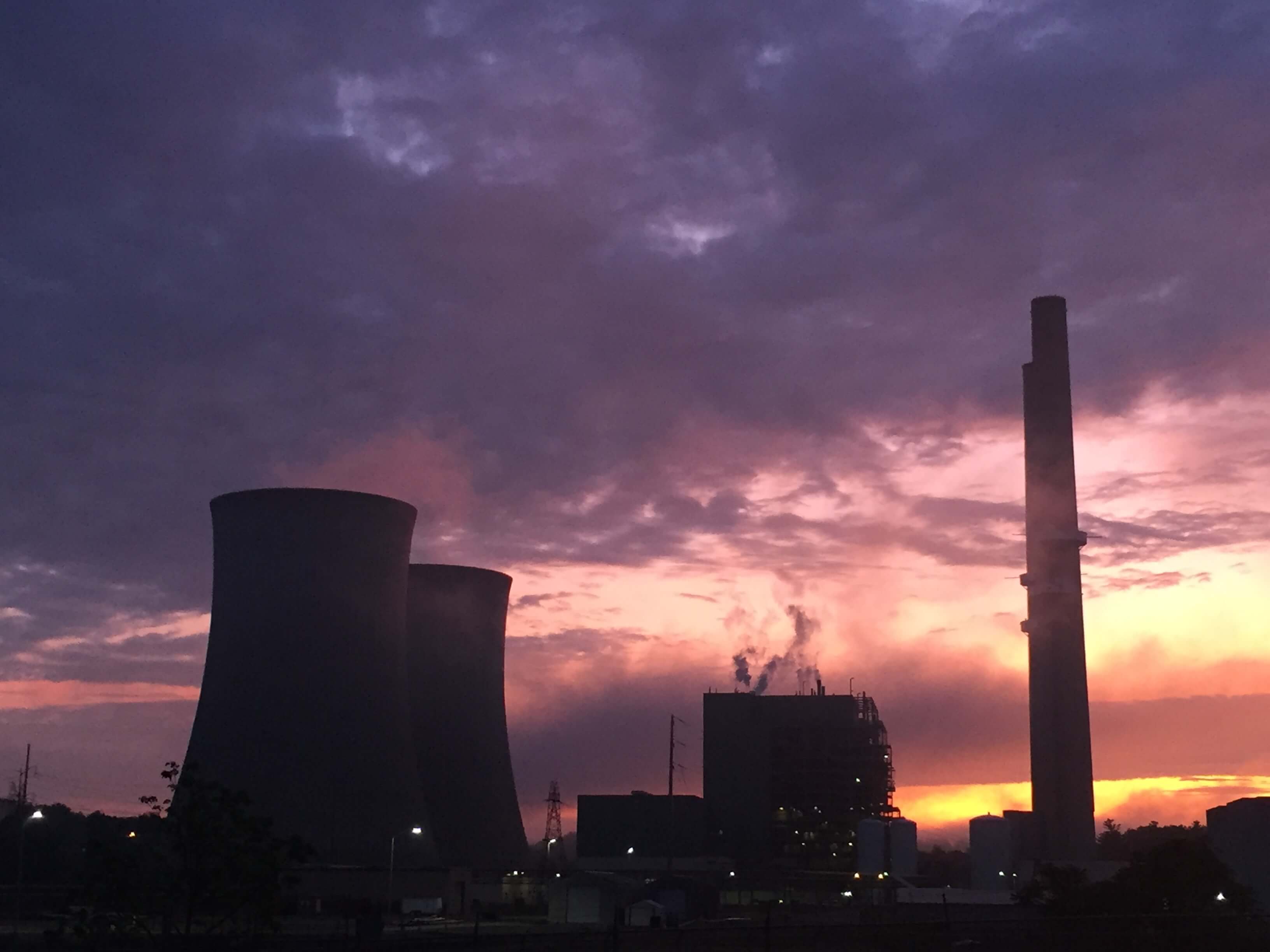
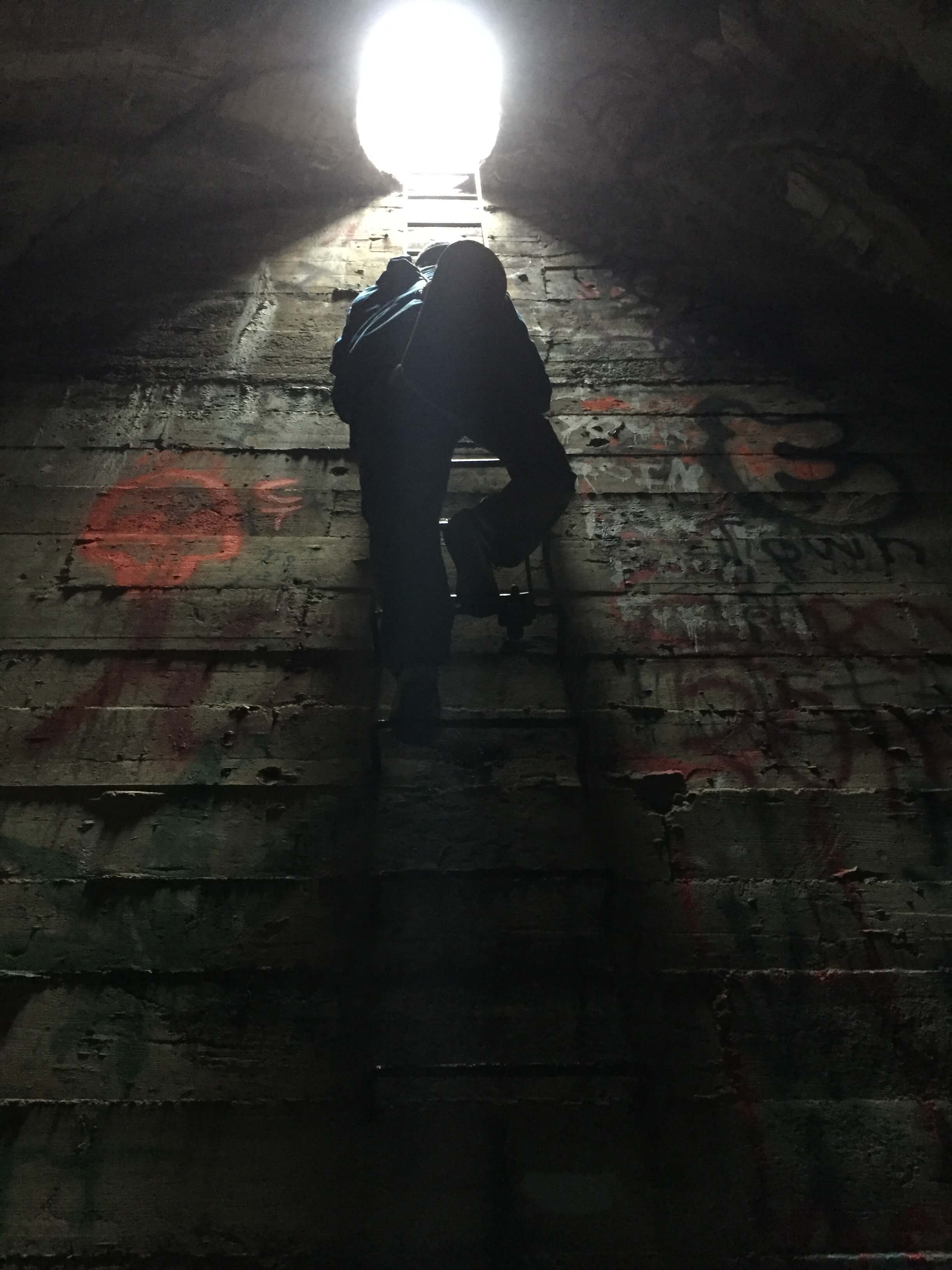
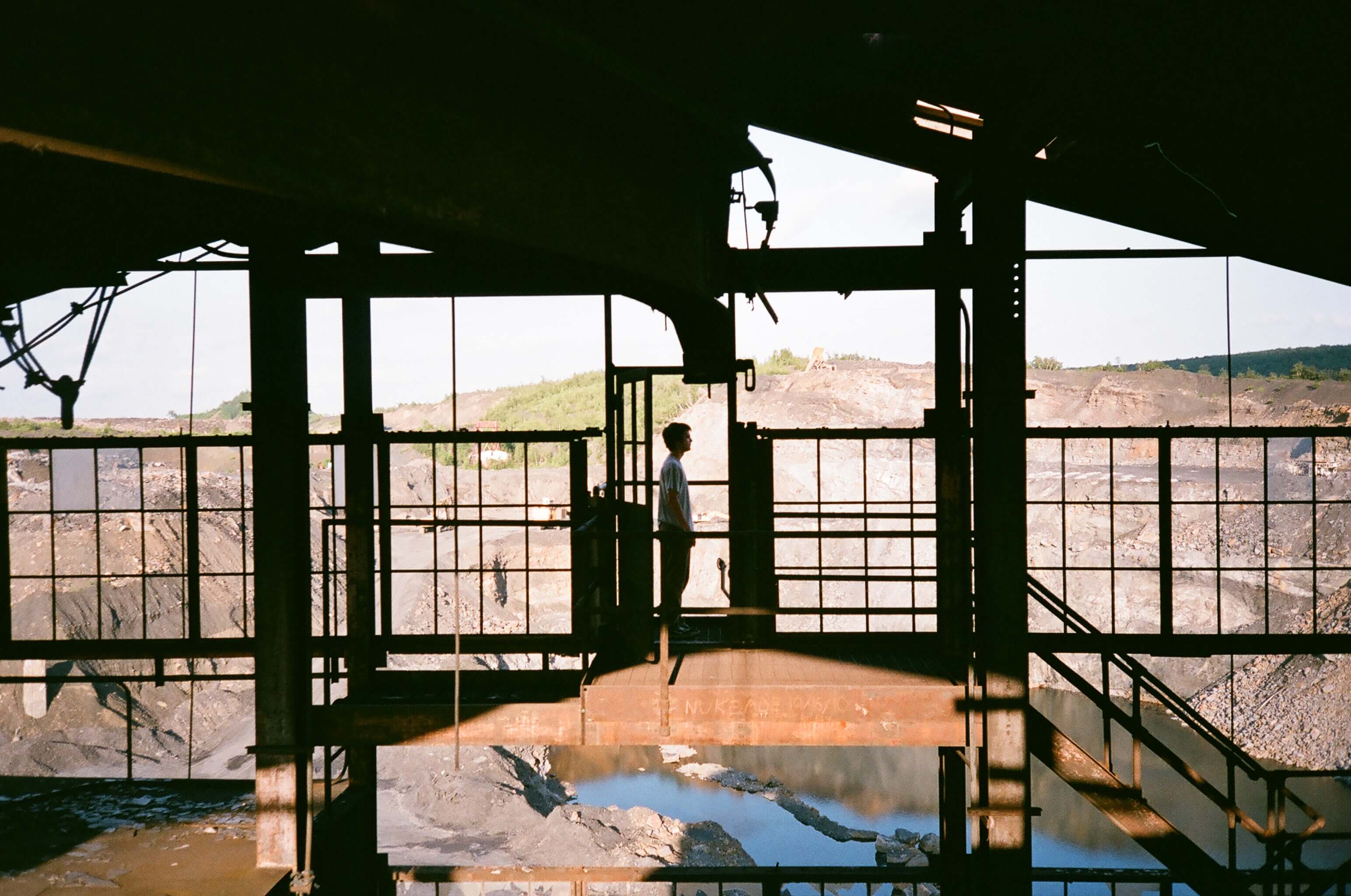

Model Citizen
Thanks for the interview, looking forward to the video
What’s the word on Adult Inc or any other sponsors that support him?
what towns in mi have cellar doors ive been looking for a decade
if skateboarding had a president, i’d vote for jerry. this man should never have to buy his own beers.